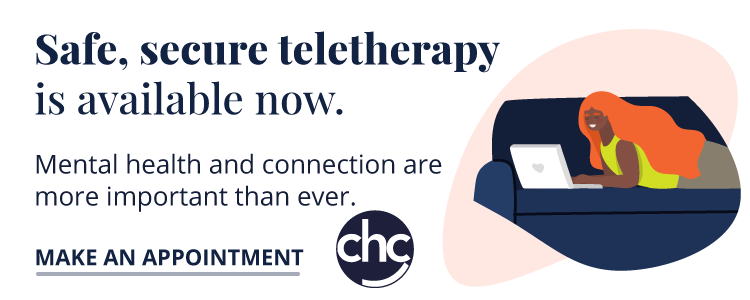 If I had been asked to list my parenting worries, my daughter dying from a heart attack caused by an eating disorder wouldn’t have made the cut. Norah scoffed when doctor after doctor asked her about body image. “I like the way I look; my body is fine,” she said. “I’m just nauseous.”
If I had been asked to list my parenting worries, my daughter dying from a heart attack caused by an eating disorder wouldn’t have made the cut. Norah scoffed when doctor after doctor asked her about body image. “I like the way I look; my body is fine,” she said. “I’m just nauseous.”
Most parents are familiar with anorexia nervosa and bulimia nervosa, both of which stem from issues with body image. I learned, however, that there is another type of eating disorder: avoidant/restrictive food intake disorder, which isn’t related to body image at all.
ARFID was introduced as its own diagnosis in 2013, but according to a report from the National Institutes of Health, up to 23 percent of patients being treated for an eating disorder have ARFID.
For other children, ARFID may stem from a fear of choking, vomiting or an aversion to certain food textures or colors. These things can render them unable to eat, and over time their list of “safe foods” may grow more restrictive. More serious than what some would call picky eating, this type of restriction can lead to a serious limitation of both the quantity and variety of foods a person consumes. That can result in not consuming enough calories and nutrients necessary for growth and good health.
Norah’s eating disorder onset was rapid, and she deteriorated quickly. She has always been thin, and from when it started in December to her hospital admission in May, Norah lost eight pounds (about 10 percent of her body weight). Just after Thanksgiving in 2016, Norah developed a sinus infection and immediately after completing a round of antibiotics, she came down with pneumonia. We gave her an aggressive course of probiotics, but we weren’t surprised that her stomach hurt after two rounds of antibiotics in a month. But as January rolled around Norah still wasn’t herself, and she wasn’t getting better.
. . .Norah’s anxiety increased markedly, and she struggled to regulate her emotions. In addition to constant nausea, she was experiencing severe constipation, dizziness, crushing fatigue and body aches and had lost more weight. We also noticed that her blood pressure and resting pulse were dropping. Each test raised more questions but provided no clear answers. By March she was so ill she was no longer regularly attending school and had stopped participating in extracurricular activities.
What made me think my daughter could have an eating disorder? She is a perfectionist, a stellar student and a fantastic athlete. She also battles anxiety and puts a great deal of pressure on herself. I was familiar with the warning signs of anorexia and bulimia in older teens, but none of those markers were visible in my 10-year-old. Her doctors thought that perhaps her nausea was anxiety-based and was contributing to her illness, but not one of her specialists mentioned a non-body image eating disorder.
Excerpted from, “She was 11, with an eating disorder. It took her mom to figure it out.” Read the full article in The Washington Post.
Source: The Washington Post | She was 11, with an eating disorder. It took her mom to figure it out., https://www.washingtonpost.com/news/parenting/wp/2018/08/01/she-was-11-with-an-eating-disorder-it-took-her-mom-to-figure-it-out | © The Washington Post 2018
Do you need someone to talk to? CHC can help. We invite you to call or email our Care Coordinators at 650.688.3625 or careteam@chconline.org to set up a free 30-minute consultation.
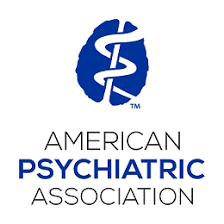 The American Psychiatric Association is primarily a professional organization of psychiatrists working together to ensure humane care and effective treatment for all persons with mental illness, including substance use disorders. Read more ›
The American Psychiatric Association is primarily a professional organization of psychiatrists working together to ensure humane care and effective treatment for all persons with mental illness, including substance use disorders. Read more ›
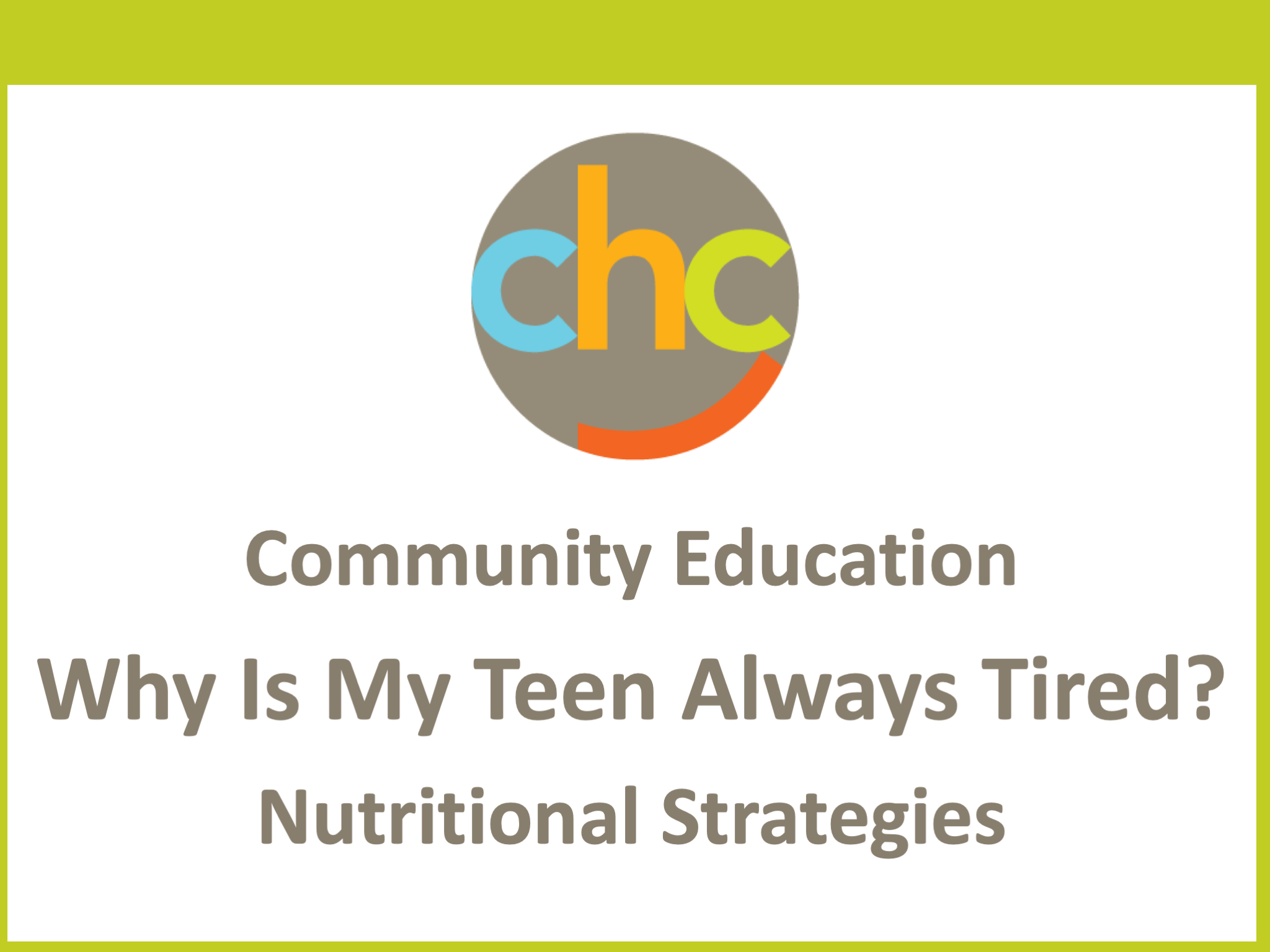

 If I had been asked to list my parenting worries, my daughter dying from a heart attack caused by an eating disorder wouldn’t have made the cut. Norah scoffed when doctor after doctor asked her about body image. “I like the way I look; my body is fine,” she said. “I’m just nauseous.”
If I had been asked to list my parenting worries, my daughter dying from a heart attack caused by an eating disorder wouldn’t have made the cut. Norah scoffed when doctor after doctor asked her about body image. “I like the way I look; my body is fine,” she said. “I’m just nauseous.”
 Avoidant Restrictive Food Intake Disorder (ARFID) was previously referred to as “Selective Eating Disorder.” ARFID is similar to anorexia in that both disorders involve limitations in the amount and/or types of food consumed, but unlike anorexia, ARFID does not involve body image issues.
Avoidant Restrictive Food Intake Disorder (ARFID) was previously referred to as “Selective Eating Disorder.” ARFID is similar to anorexia in that both disorders involve limitations in the amount and/or types of food consumed, but unlike anorexia, ARFID does not involve body image issues.


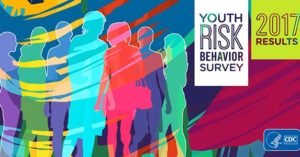 The CDC’s
The CDC’s 
 Founded in 2006,
Founded in 2006, 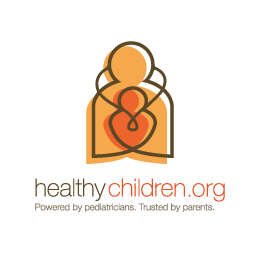
 The
The 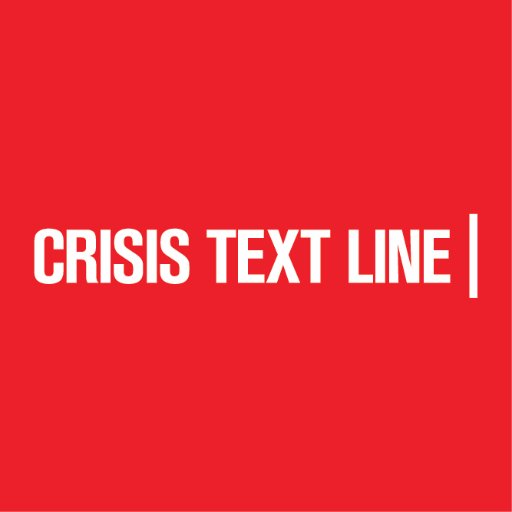
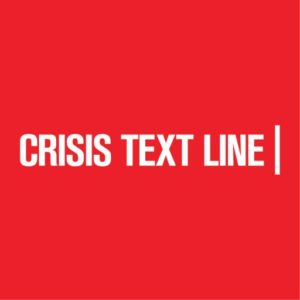 Crisis Text Line
Crisis Text Line
 Having a disability or disease doesn’t have to be isolating.
Having a disability or disease doesn’t have to be isolating. 